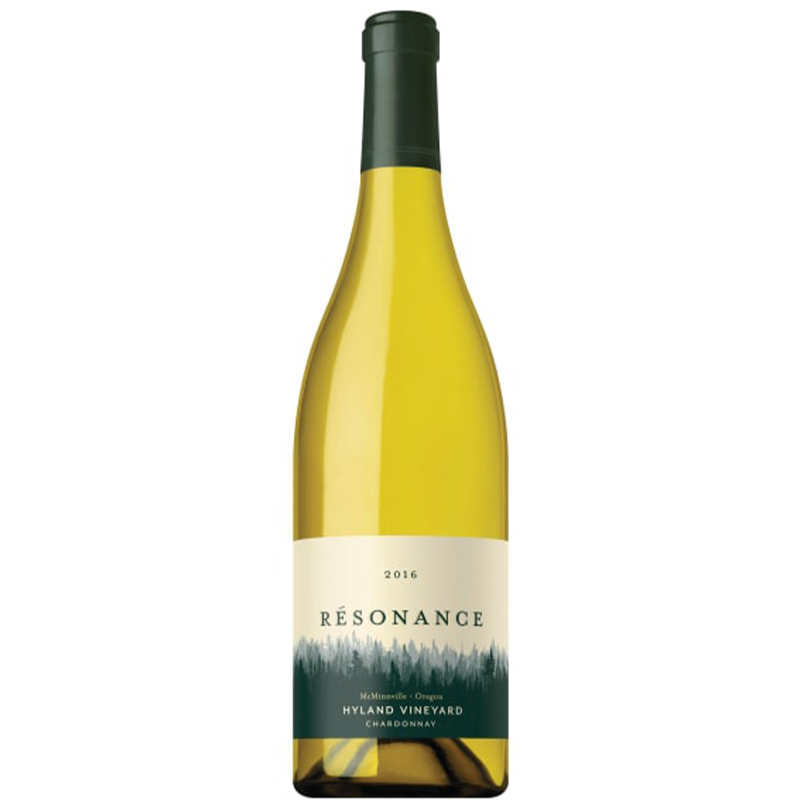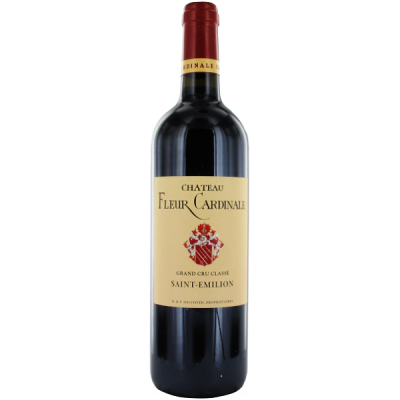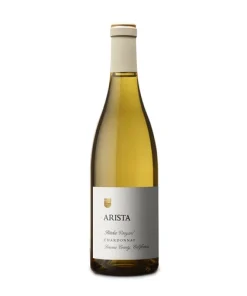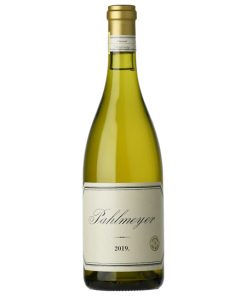2016 Resonance Chardonnay Hyland Vineyard
$55.90
Out of stock
2016 Resonance Chardonnay Hyland Vineyard
2016 Resonance Chardonnay Hyland Vineyard The first Chardonnay produced by Résonance. Sourced from one of the most famed and noteworthy vineyards in all of Oregon, the Hyland Vineyard Chardonnay beautifully blends classic Oregon styled Chardonnay with traditional Burgundian winemaking techniques in a seamless wine that wows upon immediate release and after aging.
White fleshed fruit and light hazelnuts aromas pop at first followed by subtle flavors of white pepper, fruit and wood. The finish is long and elegant. All seafood, light poultry and vegetables of simply on its own
Sourced from one of the most famous and well-known Chardonnay vineyards in Oregon Impresses upon immediate release and after patient cellaring available in limited quantities.
Chardonnay Wine
Chardonnay is the world’s most famous white-wine grape and also one of the most widely planted. Although the most highly regarded expressions of the variety are those from Burgundy and California, many high-quality examples are made in Italy, Australia, New Zealand and parts of South America.
Describing the flavors of Chardonnay is not easy. While many Chardonnay wines have high aromatic complexity, this is usually due to winemaking techniques (particularly the use of oak) rather than the variety’s intrinsic qualities. Malolactic fermentation gives distinctive buttery aromas. Fermentation and/or maturation in oak barrels contributes notes of vanilla, smoke and hints of sweet spices such as clove and cinnamon. Extended lees contact while in barrel imparts biscuity, doughy flavors. Because of this high level of winemaker involvement, Chardonnay has become known as the “winemaker’s wine”.
The variety itself (although often said to be relatively flavor-neutral) is responsible for most of the fruity flavors found in Chardonnay wines. These range from the tropical (banana, melon, pineapple and guava) to stonefruits (peach, nectarine and apricot), citrus and apples.
Climate plays a major role in dictating which fruit flavors a Chardonnay will have. Broadly speaking, warm regions such as California, Chile and much of Australia tend to give more tropical styles. Temperate zones such as southern Burgundy or northern New Zealand create wines marked out by stonefruit notes. The very coolest Chardonnay vineyards (those in Chablis, Champagne and Germany) lean towards green-apple aromas.
Mineral descriptors such as chalk, wet stones and crushed seashells also find their way into Chardonnay tasting notes. These are sometimes attributed to the soils in the vineyard, although the relationship between soil and wine flavor has become widely exaggerated. The most famously minerally Chardonnay wines are those of Chablis, one of the very few wine regions to focus on a largely unoaked style of Chardonnay.
Although most famous for its still, dry wines, Chardonnay is used to produce an impressively diverse range of wine styles. The variety is put to use in sparkling wines all over the world (most famously Champagne), when it is usually paired with Pinot Noir. It can also be found in sweet botrytized and late-harvest wines; Canada even produces sweet Chardonnay ice wines.
Chardonnay is particularly popular with wine producers, not least because it has a reliable market of keen consumers. The variety produces relatively high yields, will grow in a broad spectrum of climates and can be made into wine of acceptable quality with relative ease. In poor vintages, deficiencies can be covered up with oak flavors, reducing the financial impact of a bad harvest.
Related products
Chardonnay
100pts JD Famous Chardonnay Vineyard!
2020 Jean-Claude Bachelet Saint-Aubin 1er Cru Blanc 2020 Jean-Claude Bachelet Saint-Aubin 1er Cru Blanc Aromas of sweet orchard fruit, dried white flowers, beeswax and freshly baked bread preface the 2020 Saint-Aubin 1er Cru Charmois, a medium to full-bodied, satiny and precise wine with a bright core of fruit, lively acids and a long, saline finish. [...]
2021 Francois Villard Les Contours de Deponcins Viognier 2021 Francois Villard Les Contours de Deponcins Viognier Fine yellow; the nose is buttery, on roasted nuts, lime and white strawberry, table wax, has a steady depth. This is a bit New Wave on the palate, moves easily, depth, but continues with some fresh saltiness and assertion, [...]





